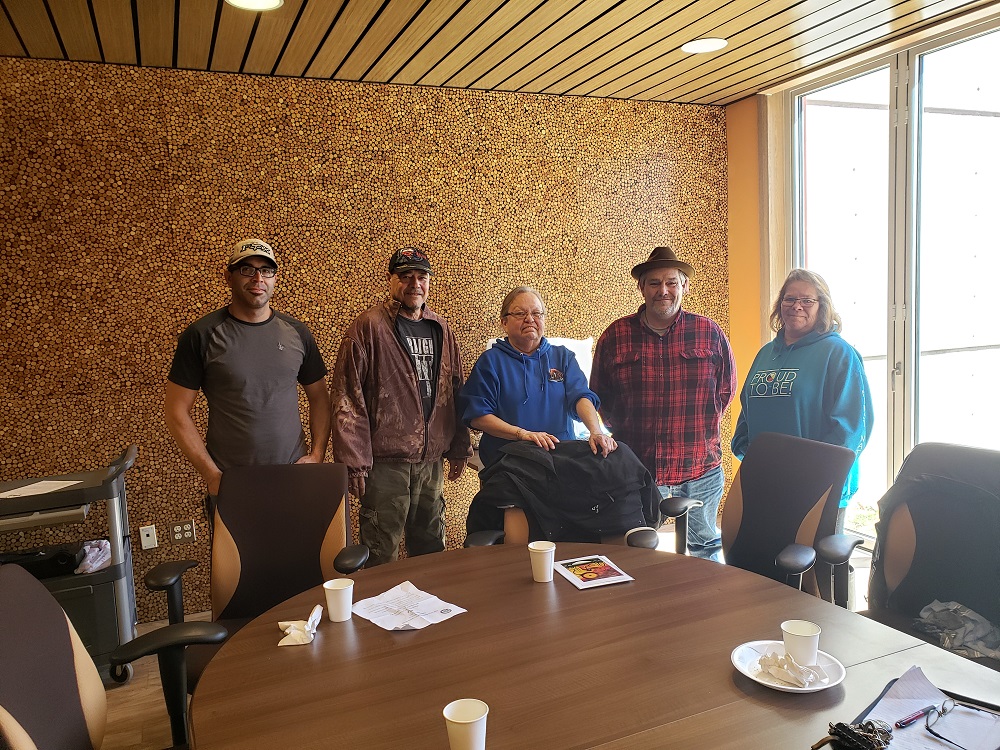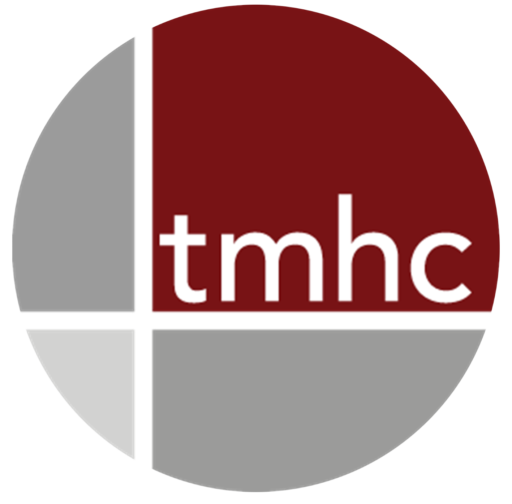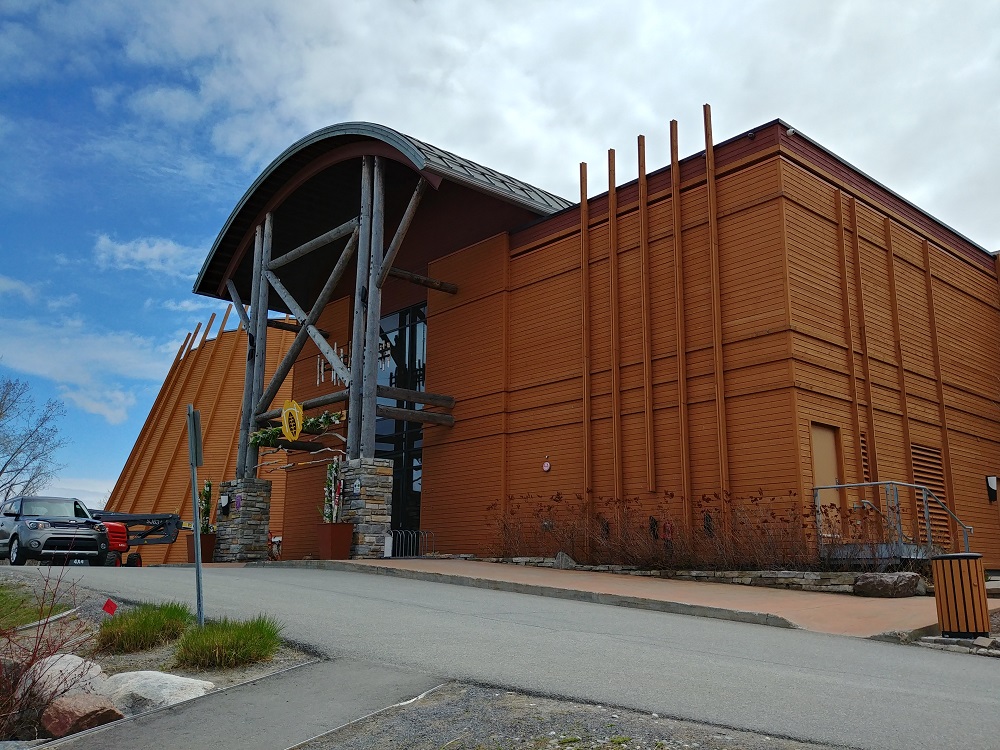June 21st is the first day of summer and the longest day of the year in Canada, but it is also a national-recognized day to celebrate Indigenous Peoples. This past year has been one of change with respect to Indigenous Peoples at all levels. At the Federal level, the Liberal government continues to work towards an Indigenous Rights Framework. Bill C-262, a bill introduced by NDP MP Romeo Saganash that would ensure federal laws are in harmony with UNDRIP. Nationally, there have been important conversations about reconciliation related to heritage:
-
-
- Funding through the Canadian Museum Association (CMA)’s "Advancing Reconciliation With Indigenous Peoples” as a response to Call to Action 67 of the Truth and Reconciliation Commission of Canada;
- Closer to Home: Locating and Retrieving Indigenous Heritage from Archives Outside Canada – A Symposium; and,
- The Canadian Institute of Planners's launch of its Planning Practice and Reconciliation policy that defines the role planning and planners play in reconciliation.
- The Final Report of the National Inquiry on Missing and Murdered Indigenous Women and Girls
-
In Ontario, there has been a different story with cuts to the Indigenous Cultural Fund and the rollback of mandatory high school Indigenous curriculum. However, on-the-ground there has been a tangible increased participation of Indigenous communities in archaeology and heritage. Indigenous communities training community members, including youth, as community representatives to work in the heritage sector as witnessed by the Ontario Archaeological Society participating in training for community members at Six Nations of the Grand River, Mississaugas of the Credit First Nation, Chippewas of the Thames First Nation, Oneida of the Thames First Nation and Caldwell in the first months of 2019. Three additional training sessions are planned over the summer in northeastern Ontario.

When it has been necessary, Indigenous communities create, innovate, and labour to fill gaps left in the Crown’s fiduciary obligations to Indigenous heritage. Increasingly, archaeologists and their societies are joining these communities to build capacities and realize Indigenous objectives.
Today, we want to recognize some of the dedicated people from Indigenous communities who manage Indigenous heritage and help make our work possible everyday:
Kevin Restoule – Anishinabek Nation
Nikki Orosz – Caldwell
Shelly Birch – Caldwell
Sharilyn Johnston – Aamjiwnaang
Wandra Maness – Tri-Tribal Monitoring Services
Valerie George – Chippewas of Kettle and Stony Point
Dean Jacobs – Walpole Island
Janet MacBeth – Walpole Island
Rochelle Smith – Chippewas of the Thames
Fallon Birch – Chippewas of the Thames
Emma Young – Chippewas of the Thames
Kelly Riley – Chippewas of the Thames
Al Day – Oneida of the Thames
Brandon Doxtator – Oneida of the Thames
Bear John – Oneida of the Thames
Paul General – Six Nations of the Grand
Joanne Thomas – Six Nations of the Grand
Rose Miller – Six Nations of the Grand
Dawn LaForme – Six Nations of the Grand
Wayne Hill – Haudenosaunee Confederacy
Mark LaForme – Mississaugas of the Credit
Fawn Sault – Mississaugas of the Credit
Darin Wybenga – Mississaugas of the Credit
Megan Devries – Mississaugas of the Credit
Peter Epler – Mississaugas of the Credit
Joelle Williams – Mississaugas of the Credit
Tom Cowie – Hiawatha
Dave Mowat – Scugog Island
Julie Kapyrka – Curve Lake
Doran Ritchie – Saugeen Objiway Nation
Maxime Picard – Huron-Wendat
Mélanie Vincent – Huron Wendat
The OAS has introduced a new award to recognise individuals from Indigenous communities whose efforts have contributed to the inclusion of their perspective in archaeology and its practice. Each are deserving of nomination for the work they do.

